Giselle is one of the most often performed ballets in the classical world. It is also viewed as one of the iconic classical ballets. First performed in 1841, it oozes the mentality of ballet and etherealising of women of the time. It is widely loved by audiences for its beautiful imagery, well known and gorgeous score, and compelling (and maybe relatable) story. It’s also widely loved by dancers as a choreography that feels good to dance and as being steeped in such history. In fact, in interviews this is the answer I most often hear to “what is your favourite ballet?”
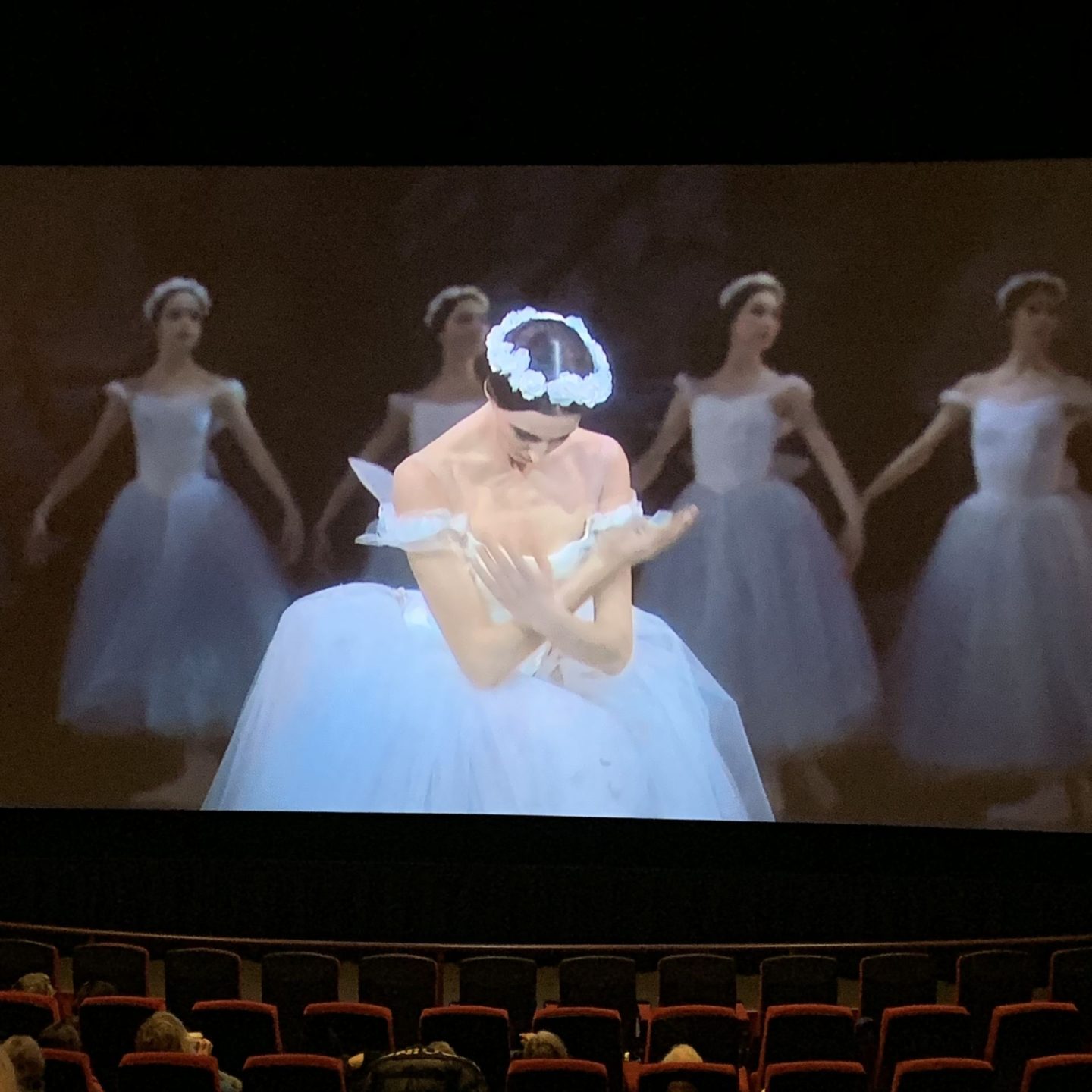
The Bolshoi performs Alexei Ratmansky’s version, which pulls from the original choreography and staging. Purists will love this ballet for that reason and anyone who has worked on or backstage will appreciate and subtly giggle with Giselle’s flight in Act 2 where bringing in the original staging and theatre abilities of the time means having Giselle fly across the stage on what is essentially a scooter. Ballet is great!
Pre-Show
The livestream started with an introduction by the ever lovely Katerina Novikova. I’ve said this before but it really is welcoming to be met by a familiar face when coming into these livestreams; It gives a sense of familiarity and makes you feel like a regular patron. Katerina also consistently does a wonderful job of speaking to the audience, balancing speaking both French and English, giving background information and interviewing – No easy feat!
What really stood out to me in this pre-show segment was the explanation and demonstration of pantomimes seen within the ballet. Ballet pantomime (acting and gestures) is a language all its own. While things like “love” and “marriage” are a little more to the point, saying things like “let’s dance” or “death” are a little less so for newer audience members. With how much of the story and choreography in Giselle is driven by pantomime, I found this to be a very thoughtful addition to the livestream.
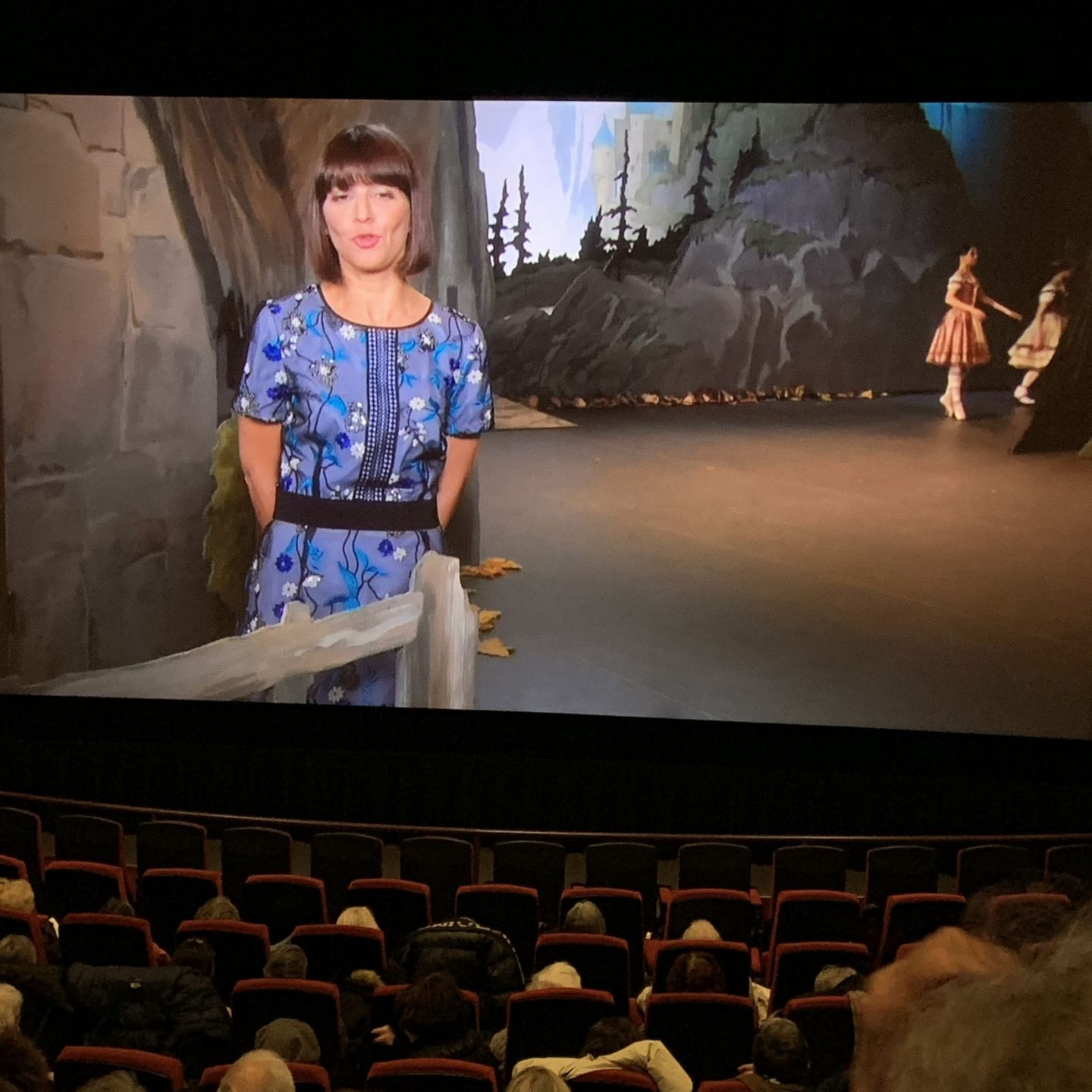
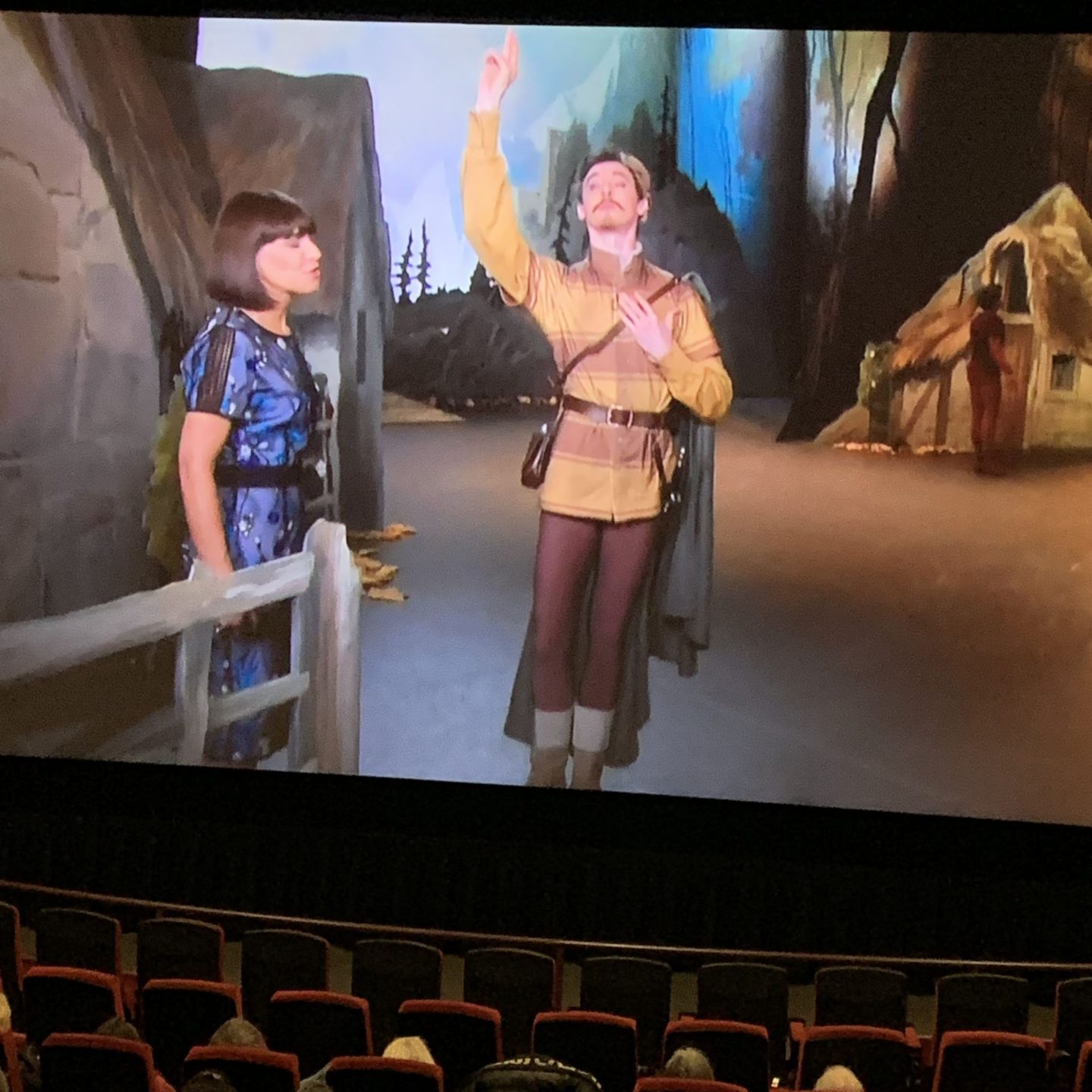
Act 1
The first act is set in the village where Giselle lives, and where she meets Albrecht. In the beginning she’s quite shy, almost moving with a childish naïveté. This imagery is pushed even further when Giselle and Albrecht play a game of “He loves me, he loves me not” on the bench. Act 1 is very animated while meeting all of the different characters, and in true Bolshoi fashion the aristocrats come in on live horses. This isn’t anything new for the Bolshoi but it makes me smile a little every time. Just the added backstage logistics of having live animals on stage shows how much detail goes into every moment of this show and how it is staged.
The infamous Giselle madness scene is always one of the highlights of Act 1. As the dancer, it’s just so fun to let loose, be a little out there, and really go for it. The result is the audience seeing Giselle absolutely fall apart. There are many versions of this specific scene uploaded online which are worth watching. It’s interesting to see how the madness is interpreted. Some of my favourites are Svetlana Zaharova, which you can watch here, and of course, Marianela Nuñez, which you can watch here. This scene being at the end of Act 1, but also in terms of the story and general sentiment, is where the whole ballet turns. It’s generally known that Act 1 is considered “real life” while Act 2 is considered surreal, ethereal, even ghostly. The Acte Blanche and wispy Willis give an effect of a ghostly and eerie setting. In fact, the term “gives me the willis” is thought to have come from the Willis in this ballet.

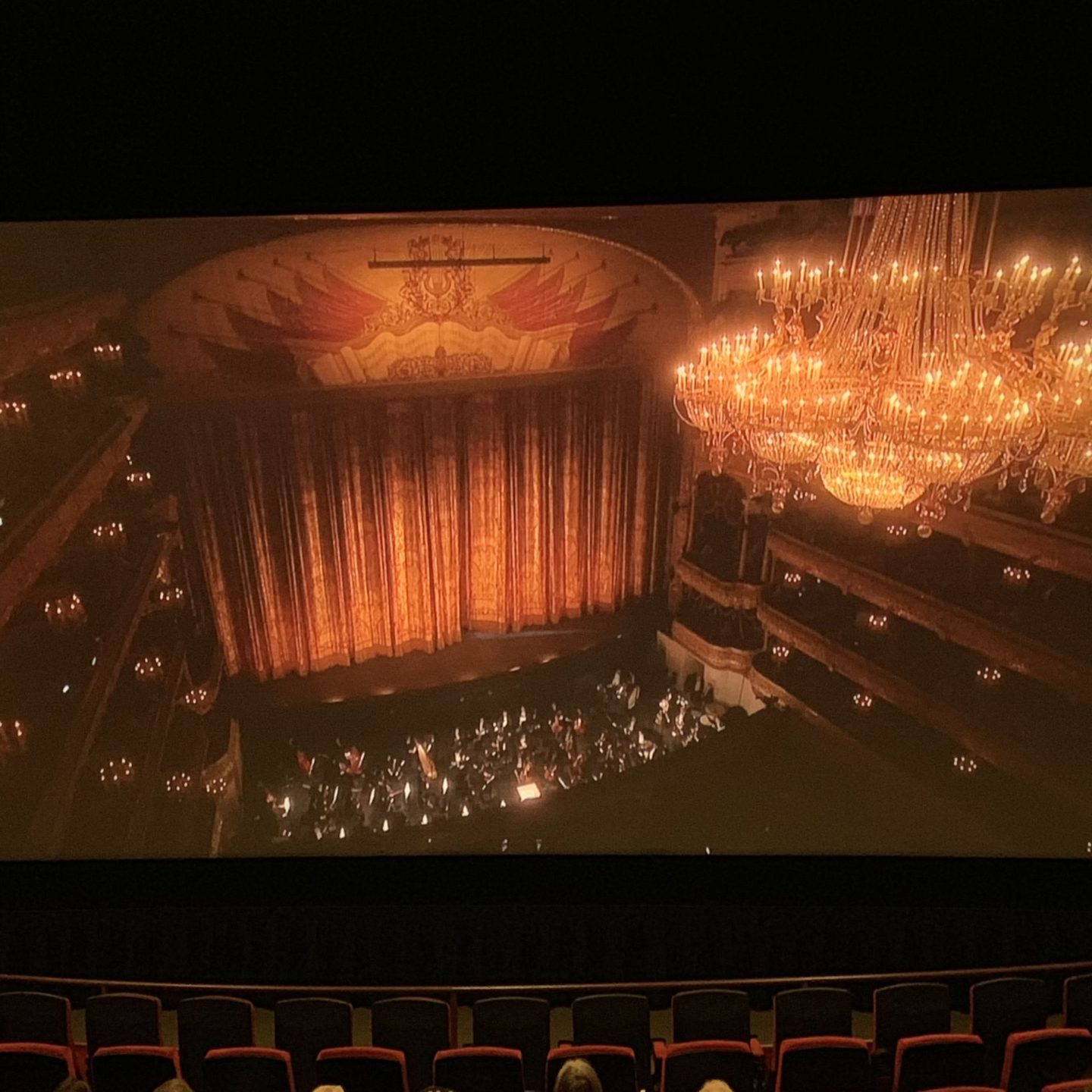
Intermission
During the intermission a video of Alexei Ratmansky explaining his version of Giselle was shown. I had seen some clips of this on instagram, but the full video was excellent! There’s nothing like hearing the discussion of certain artistic choices from the source. These kinds of videos are part of the reason that going to see ballet in cinema is so great – there’s a lot of supporting information.

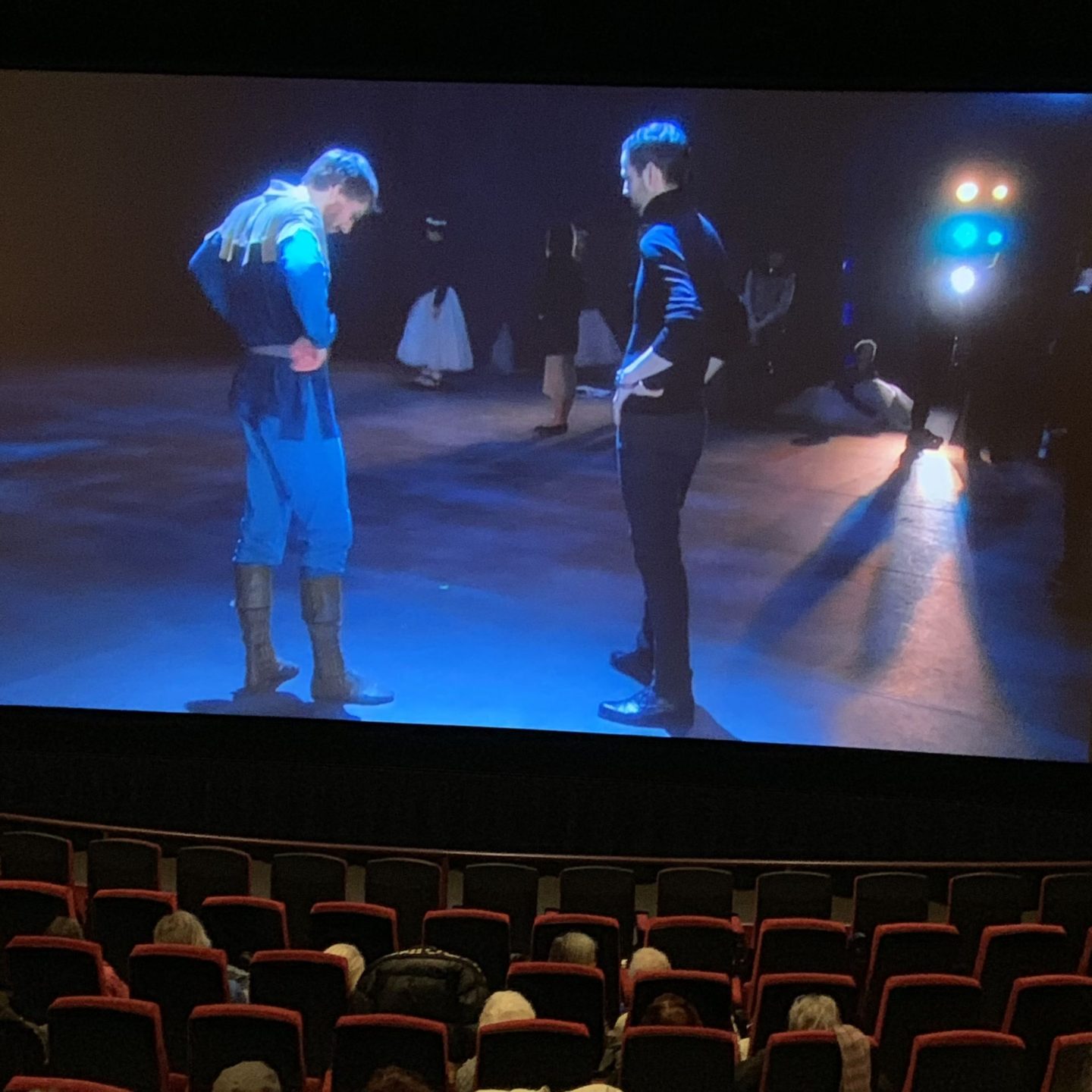
Act 2
If I were to put Act 2 into four words, I would say “Ominous and ethereal, poetic and iconic”. In Act 2 we are introduced to the Willis, and Myrtha, the queen of the Willis. Myrtha is an interesting character as she’s very strong and doesn’t have a change of heart at the end of the ballet. Giselle, on the other hand, forgives Albrecht in this version and wishes him a good life. The variation itself is exacting and fierce while maintaining that feeling of etherealism. This act is visually iconic in that it shows the trend of the time: the Ballet Blanc. You immediately know from a photo what ballet you are looking at and from what period. Olga Smirnova was beautiful, trading the naive character for one that has matured and grown. Her dancing was reflective of this too as she leaped around the stage, light as air.
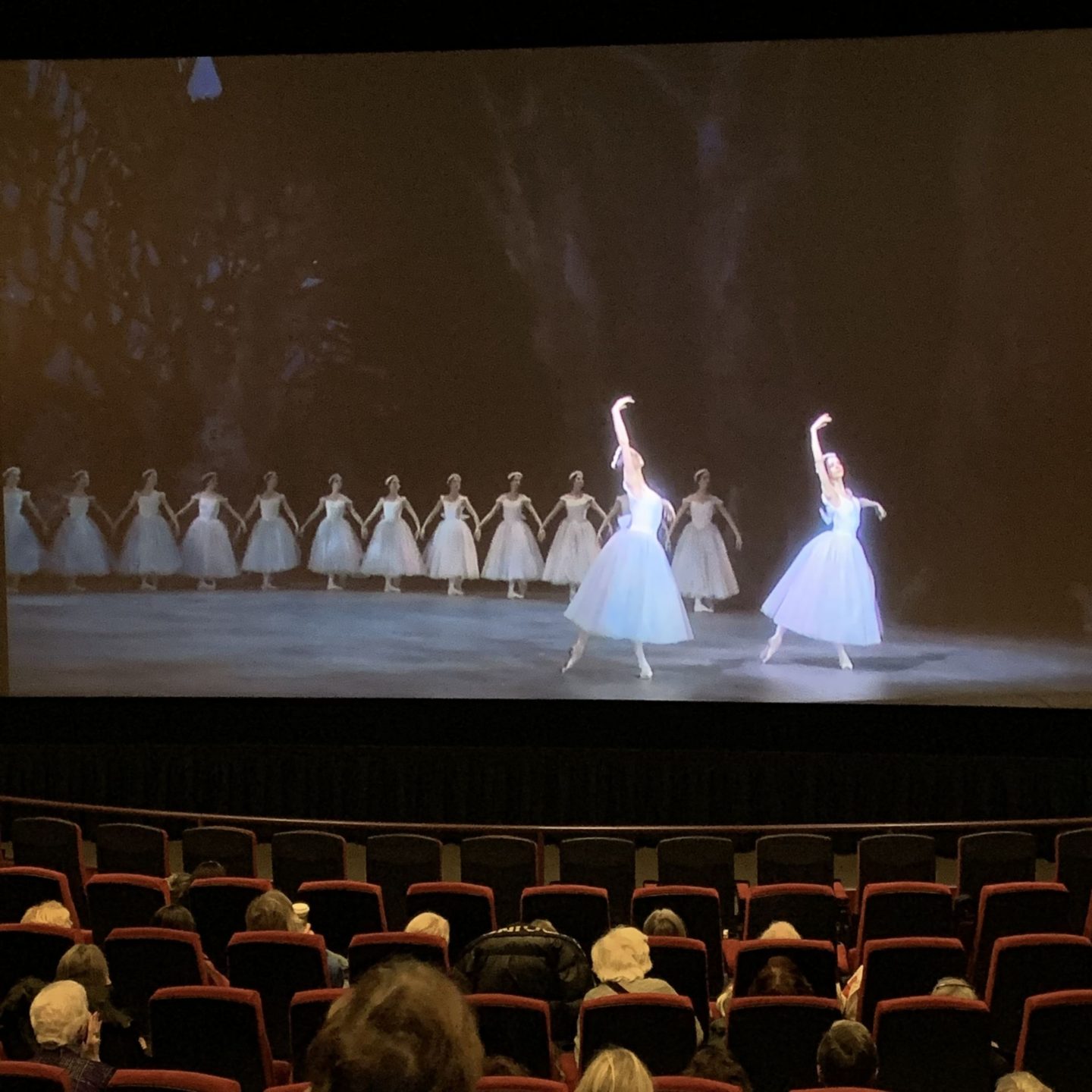
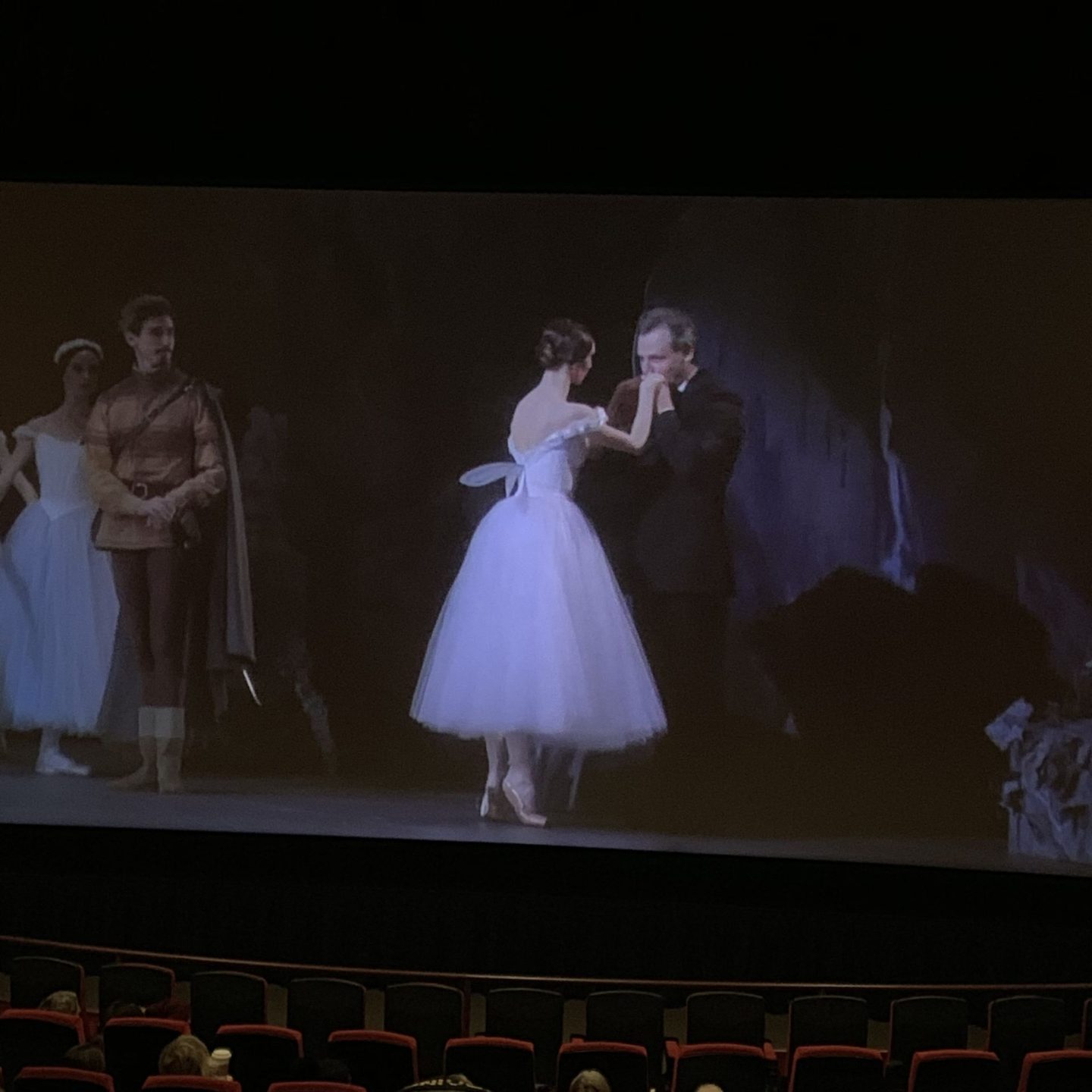
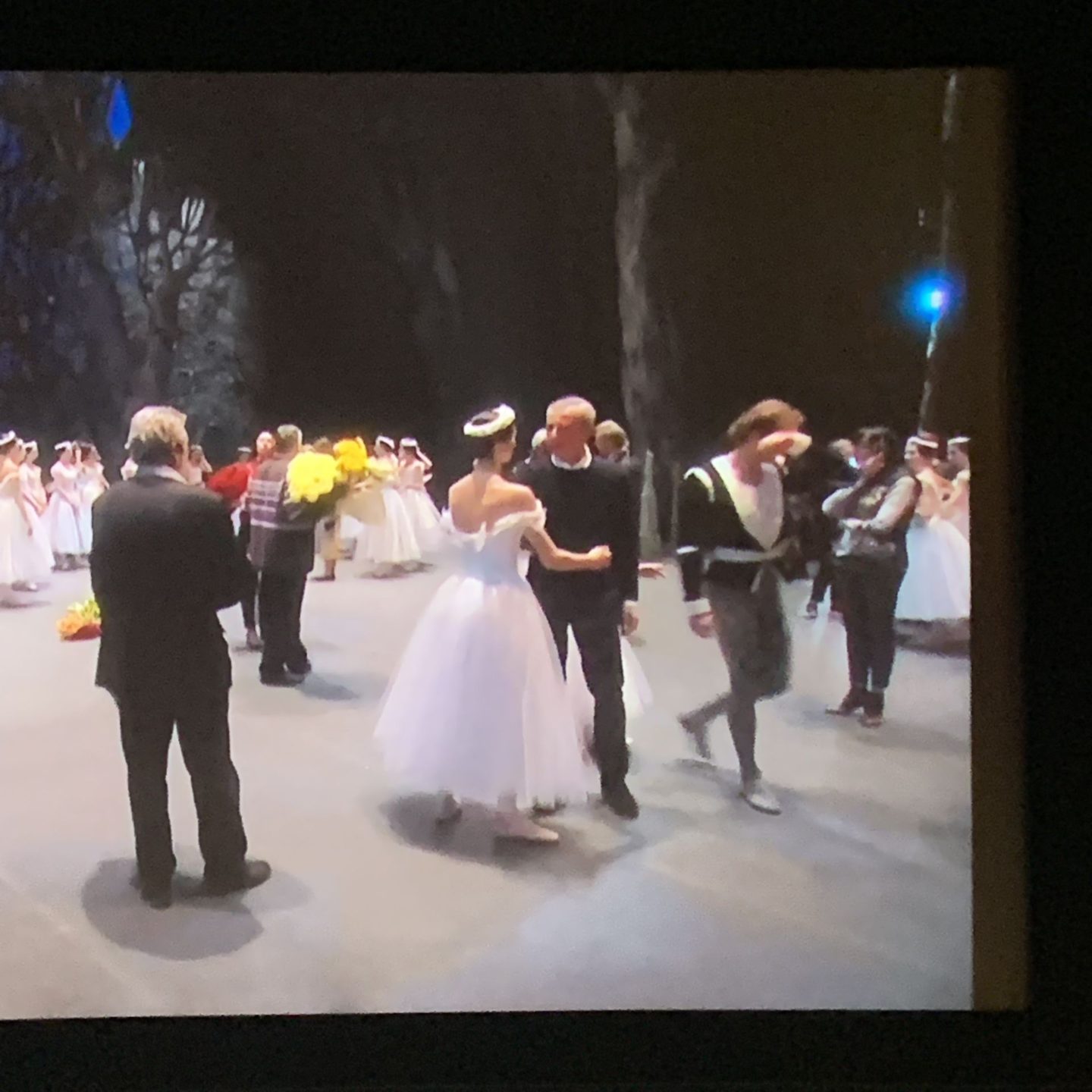
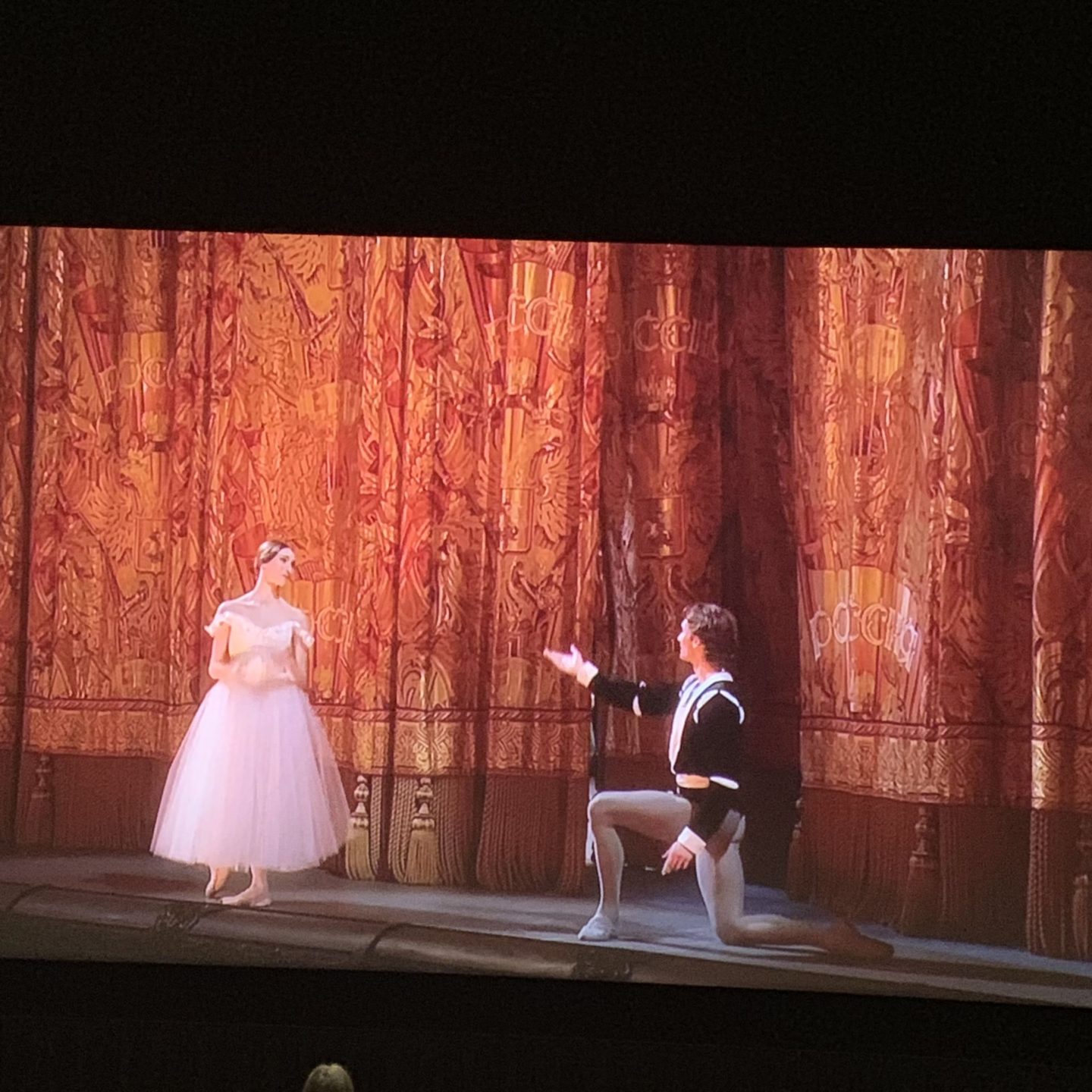
The next Bolshoi livestream at Cineplex theatres is Swan Lake on Sunday, February 23rd. You can find more information here.
Did you watch the performance? What did you think?